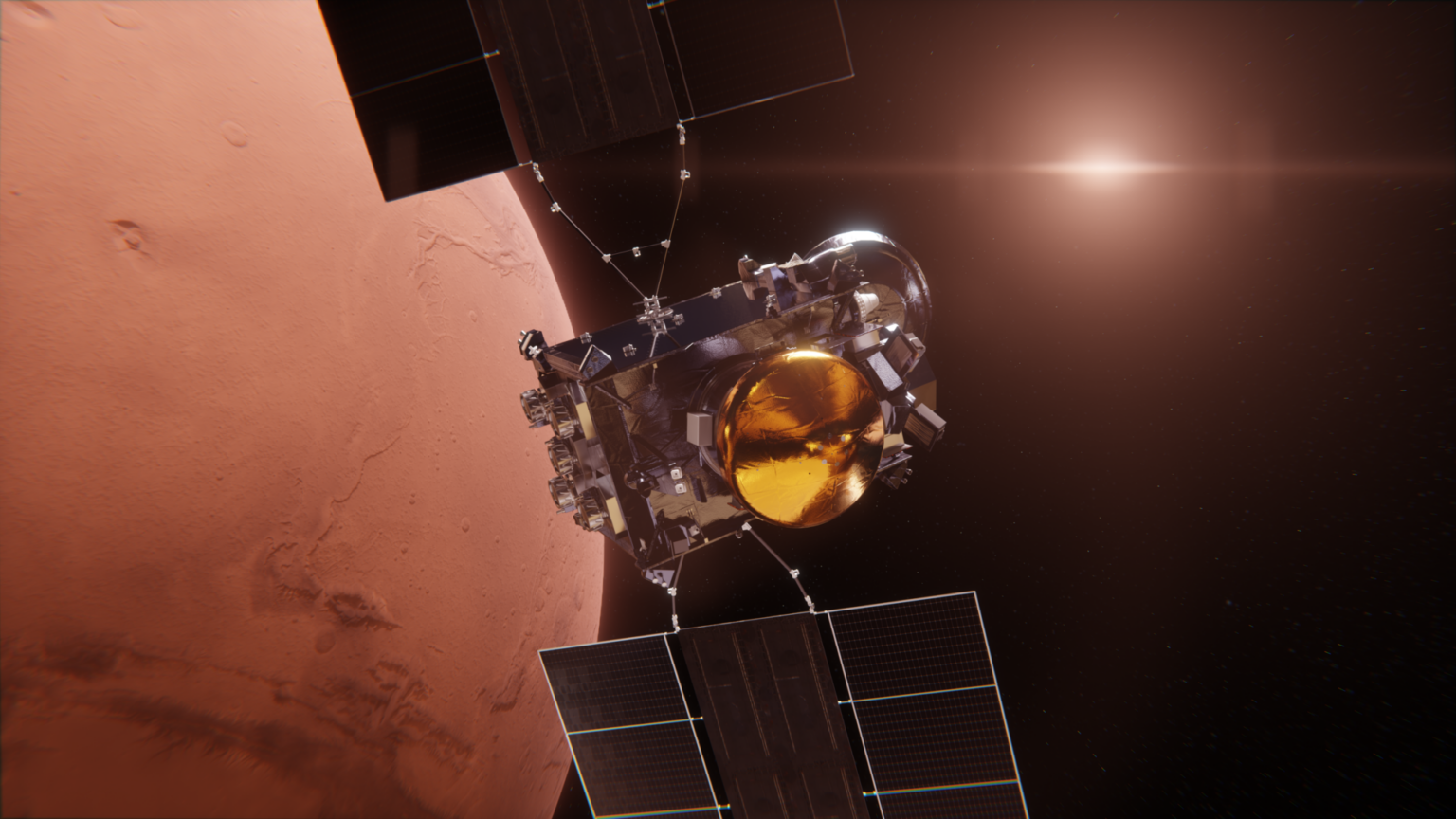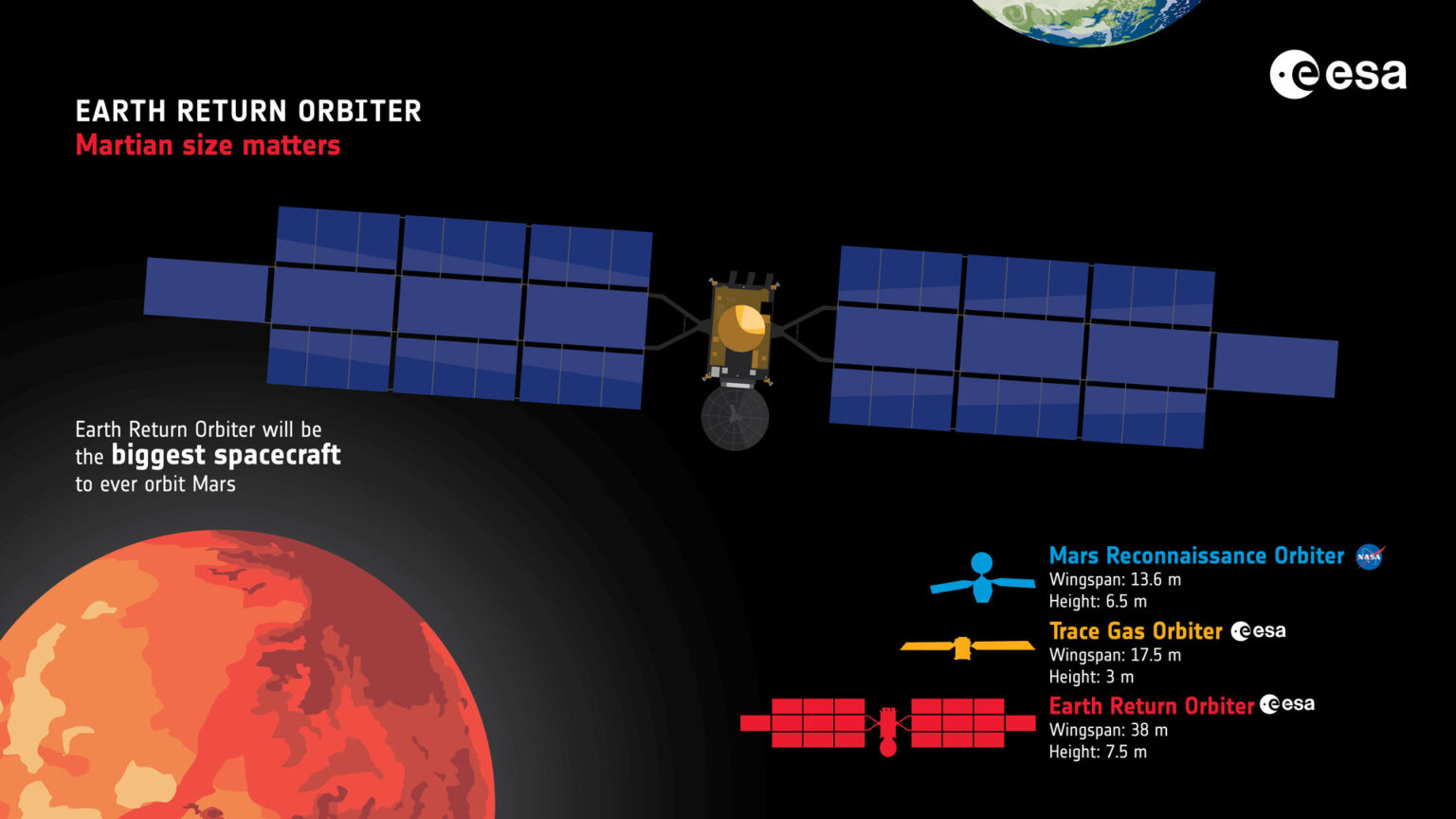Representatives of the European industry and NASA have completed a critical analysis of the design of the ERO (Earth Return Orbiter) spacecraft. As a result, the mission to deliver samples of Martian soil to Earth is one step closer to being realized.

At the end of this decade and the beginning of the next, NASA and ESA plan to implement one of the largest space missions in history. Its goal is to deliver to Earth samples of Martian soil collected by the Perseverance rover. Two spacecraft are planned to be used for this purpose. The American MAV (Mars Ascent Vehicle) will land on Mars, collect the samples, and then deliver a capsule with them to an areocentric orbit. There, they will be picked up by the ERO, which will deliver them to Earth.
Recently, MAV has been going through a difficult time. Due to the significant increase in the cost of the project, NASA decided to turn to private companies for help. As part of a competition organized by the aerospace administration, they have to develop a new, cheaper concept that will help solve the problem of delivering samples in a timely manner. If one of the projects seems promising, the company that submitted it may receive a NASA contract for the mission.
Despite these difficulties, ESA remains optimistic about the future of the mission and is actively working on ERO. Recently, the project passed a very important stage in the form of design approval. Technical analysis has confirmed that ERO will be able to safely capture a capsule filled with samples the size of a basketball and then deliver it to Earth. But this is not the only task of the vehicle. It will also be used as a repeater, providing communication to rovers operating on the surface of Mars. It is reported that ERO will be the largest spacecraft ever to enter an areocentric orbit.
The approval of the ERO design allows engineers to move on to the next stage of the mission. During this phase, companies from 11 European countries will begin manufacturing the spacecraft’s components, which will be tested and assembled. At the same time, ESA emphasizes that the ERO configuration remains flexible enough to adapt to any possible changes in the MAV design.

As for the MAV, seven companies, including SpaceX and Blue Origin, are currently involved in research on reducing the cost of the mission. They should provide results by the fall, after which they will be evaluated by NASA experts and the winning concept will be selected, which will be implemented.
Based on the materials of ESA

